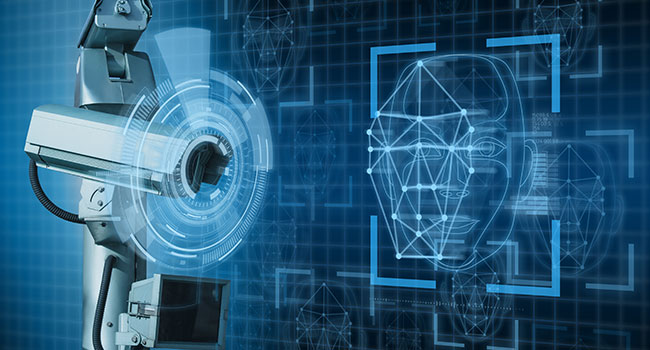
Using AI in Security Camera Surveillance Can Help us Evolve from Status Quo Security
- By Dmitry Sokolowski
- Mar 15, 2024
The status quo of physical security relies on gates, guards, and guns. These longtime traditional security measures are increasingly scrutinized in today’s rapidly evolving world as we transition to embracing AI, particularly in the realm of security camera surveillance.
The security camera is a technological aid that has helped the triage of traditional security elements, but these cameras often serve as forensic tools for post-event analysis rather than proactive security solutions. Those responsible for monitoring these security cameras can be prone to errors in judgment or can miss critical cues that a more analytical, AI-driven approach might catch.
We can look to technology to push the boundaries of what's possible in ensuring safety and security. Here are some examples:
- Object Recognition: Advanced AI systems can detect and identify objects that may pose security risks, such as unattended bags or weapons in public areas. This technology extends the capabilities of surveillance beyond mere visual recording.
- Thermal Imaging and Night Vision: AI enhances thermal and night vision technologies, allowing for effective surveillance in low-light or no-light conditions, and can even detect temperature anomalies that could indicate fires or chemical spills.
- Behavior Analysis: AI algorithms can analyze behavior patterns, identifying anomalies that could indicate suspicious activities. This proactive approach allows for early detection of potential threats, such as someone loitering in a sensitive area or exhibiting unusual behavior.
- Crowd Analysis: In scenarios with large crowds, AI can analyze crowd dynamics to identify potential risks, like crowd crushes or rapidly evolving disturbances, enabling quicker response to emerging situations.
- License Plate Recognition: AI is used to read and catalog license plates, which is valuable in monitoring vehicle traffic, tracking stolen vehicles, or enforcing parking and traffic regulations.
- Facial Recognition: AI-powered cameras are increasingly capable of identifying individuals through facial recognition technology. This application is beneficial in access control and identifying persons of interest.
However, there are many significant adoption challenges that every organization needs to address when introducing new AI capabilities, such as:
- Privacy Concerns: The use of AI in surveillance, particularly facial recognition, raises significant privacy concerns. There are ethical considerations around consent and the potential for misuse of personal data, which must be carefully managed.
- Regulatory and Ethical Frameworks: The rapid development of AI in surveillance outpaces the establishment of comprehensive regulatory and ethical frameworks, leading to a gray area regarding legal and moral boundaries.
- Accuracy and False Positives: One of the most significant challenges is ensuring the accuracy of AI systems. Misidentification, false positives, and the inability to distinguish between harmless anomalies and genuine threats can lead to unnecessary alarms and security responses. This unnecessary noise can be overwhelming and lead to security personnel turning off AI features and making the AI system irrelevant.
Cost of Implementation and Maintenance: High-quality AI systems require substantial investment in technology and ongoing maintenance and updates to ensure they remain effective and secure against evolving threats. This is especially true in systems requiring specialized hardware, cameras, or servers.
- Context and False Negatives: In typical applications, AI lacks the contextual, human-level understanding of what is happening in its environment and what happened before and after a given event. As a result, AI cannot identify issues leading to False Negatives. For example, the camera captures people running away from a violent event that is happening outside the camera view.
- Dependence on Quality Data: AI systems are only as good as the data they are trained on. Inconsistent, low-quality, or biased data can lead to ineffective or discriminatory surveillance practices. Identifying such data gaps would require organizations to conduct ongoing tests to validate the system's effectiveness, placing even more stress on understaffed security personnel.
- Integration with Existing Systems: Integrating AI into existing security infrastructure can be challenging, as it often requires significant upgrades or overhauls of current systems. It often leads to a disjointed security posture, and organizations adopt different solutions for different use cases.
It is important to be thoughtful about these challenges when adopting new AI capabilities in security camera surveillance. And by integrating comprehensive surveillance, predictive analytics, and real-time response capabilities, it’s time to enhance physical security and redefine what it means to be secure in the modern world.
About the Author
Dmitry Sokolowski, CTO, VOLT AI